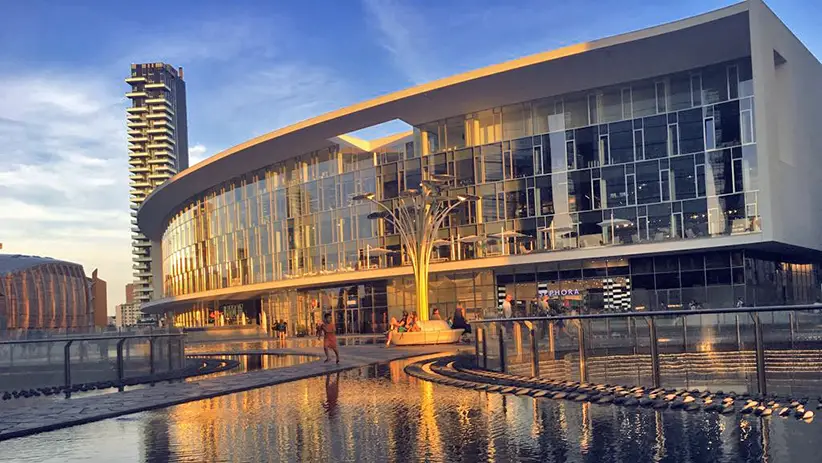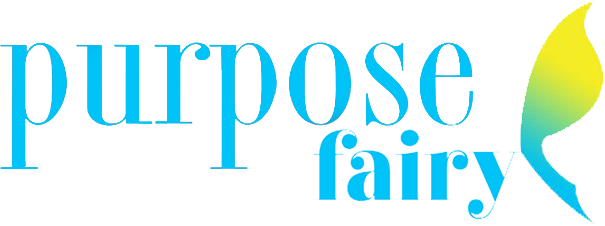
It’s almost incomprehensible to think about the level of distraction our technology has given us over the last 20 years. The average person checks his or her phone 150 times every day. If every distraction took only one minute, that would account for 2.5 hours of distraction every day. That’s 912.5 hours a year, or roughly 38 days of straight distraction per year.
Technology has become a necessity in our personal and professional lives, but that does not mean we have to sacrifice our happiness, success, or attention to make room for it. Moving forward in the Digital Era, we must create habitats in our homes, our workplaces, and our communities that cultivate happiness in the digital age.
Creating a Space in Our Homes
Our homes of the future will seamlessly integrate our digital and physical worlds. The idea is that by automating and aggregating tasks and information in our environment, we can increase safety, save energy, and reduce anxiety. This is true to a certain degree, but as you’re upgrading your systems and running out to purchase bigger screens, keep in mind that the happiest places are the ones that are connected not with physical wires but with deep personal and emotional circuitry.
We can certainly carve out moments in our day to disconnect completely, but we can also use technology to raise engagement levels together in small, inexpensive ways. For example, if everyone in your household is already on social media, find a place like Instagram where you can share family gratitudes and connect them with a hashtag to track your submissions over time. Be intentional with your technology and apps, and make sure that your usage holds some sort of deeper meaning to you than a knee jerk reaction.
Creating a Space in Our Workplace
Take a few hours every day to strategically unplug and hide all electronics that are not crucial to what you are currently working on. Recent research shows that the mere presence of a cell phone can decrease your productivity and attention on cognitively demanding tasks. Reduce distractions and get your work done quicker and more efficiently by hiding your electronics until you’re ready to go home.
You can even take it a step further and use your time without technology to focus on your mental and emotional health. Find a few minutes during your workday to meditate. Just sit quietly in silence and concentration. You’ll be amazed at how focused you’ll feel once you get back to work.
Creating a Space in Our Community
Besides making time and space for ourselves, we must also create a culture of connection. Social support is just as predictive of how long you will live as obesity, high blood pressure, and smoking. From schools to community centers to local government, find ways to turn the positive aspects of technology into a benefit for everyone. A new field called civic technology is aiming to create this culture in our neighborhoods by leveraging digital tools to serve the public good. Embrace these positive technology changes and pledge to be an active member in community decisions.
Technology is not a toxin that we need to flush out of our systems. Technology is a tool that we must learn to wield effectively and live with harmoniously. Yes, it can be easy to get distracted, but we must learn to use it as a necessity, not an escape. By implementing effective technologies in the places where we live and thrive, and making sure that those technologies are only being used positively and efficiently, we can ensure our undivided attention and happiness in the digital age as we look toward the future.
What about you? Do you think it will become easier for people to find happiness in the digital age, or more challenging? You can share your comment in the comment section below 🙂
Comments
Amy Blankson
Amy Blankson has become one of the world’s leading experts on the connection between positive psychology and technology and is the only person to be named a Point of Light by two U.S. presidents for creating a movement to activate positive culture change. A sought-after speaker and consultant, Amy has now worked with organizations like Google, NASA, the US Army, and the Xprize Foundation to help foster a sense of well-being in the Digital Era. Amy received her BA from Harvard and MBA from Yale School of Management. Most recently, she was a featured professor in Oprah’s Happiness course. Amy is the author of two books: The Future of Happiness and an award-winning children’s book called Ripple’s Effect. You can connect with Amy on Facebook, Twitter and LinkedIn
read more
